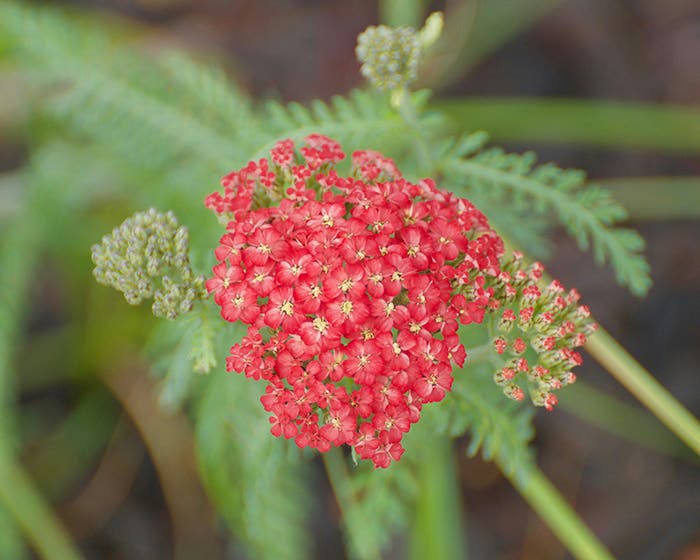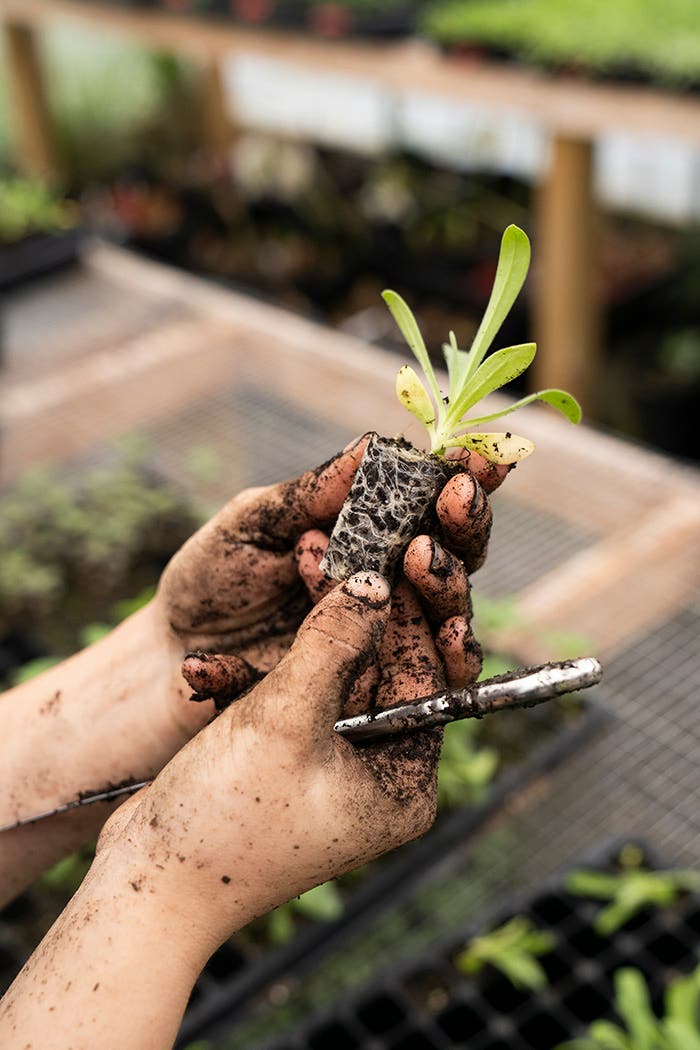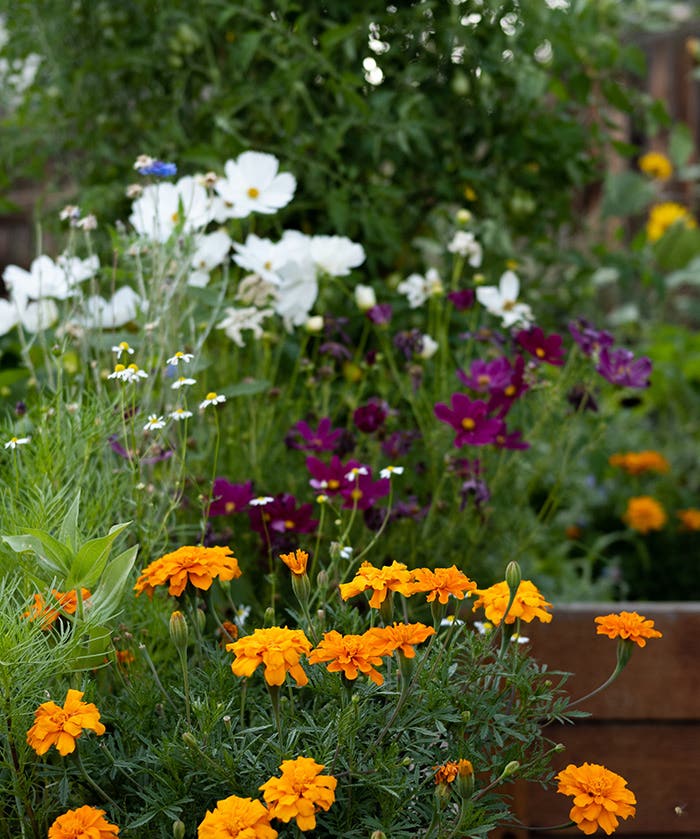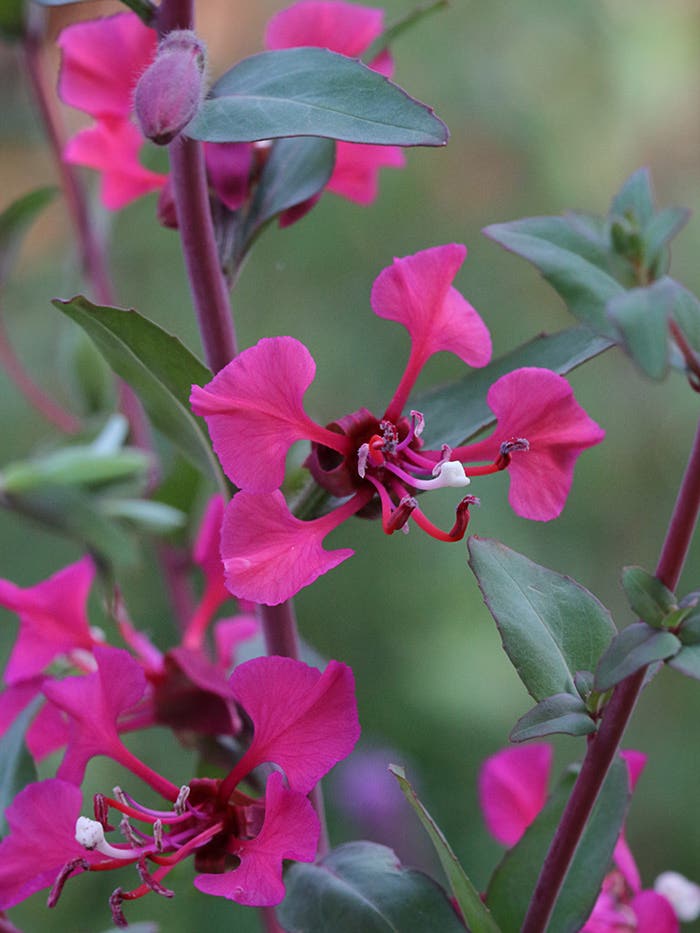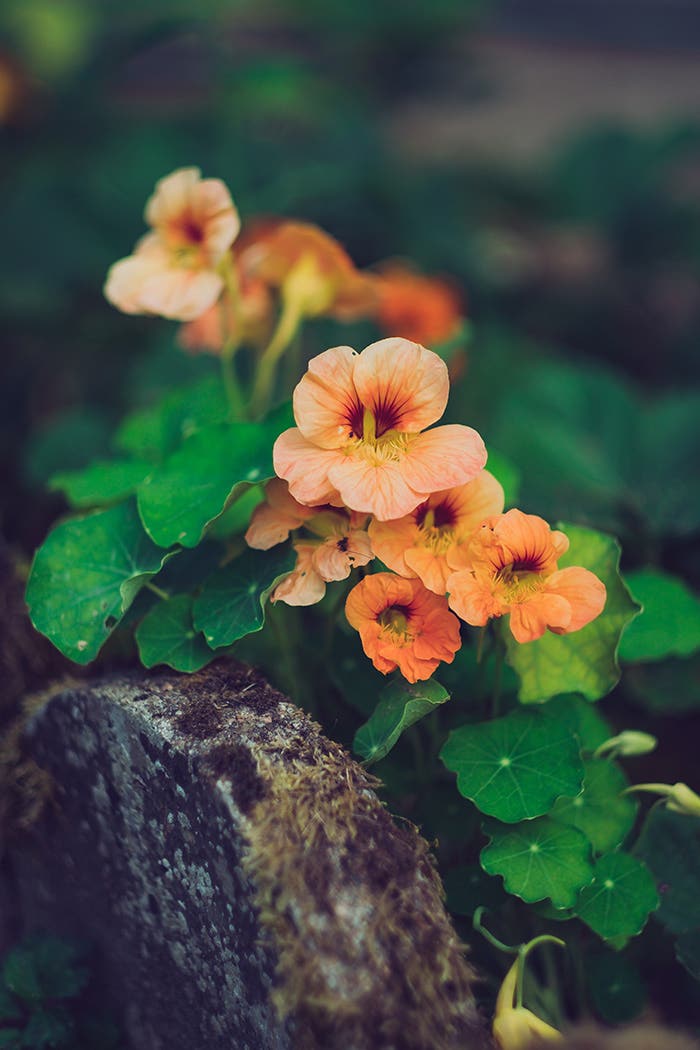What Went Wrong with Zinnia Seedlings
Last year I started zinnias from seed indoors, but the leaves became deformed and the plants did not develop. What could have been the problem with my zinnia seedlings? Answer:…
Last year I started zinnias from seed indoors, but the leaves became deformed and the plants did not develop. What could have been the problem with my zinnia seedlings?
Answer: When starting any variety of seeds indoors, proper care is essential in order to develop strong, healthy sprouts. The right care—such as proper lighting, temperature and water-needs—can greatly vary depending on the type of seeds being sown. If your zinnias didn’t develop correctly, it is most likely a result of their specific care requirements.
Here are a few helpful tips in order to successfully grow strong zinnias from seed indoors:
• Time: The best time to start sowing your zinnia seeds indoors is 4 to 5 weeks before the last frost.
• Containers/soil: Zinnias sometimes do not take well to transplanting; in order to increase your chances of success, the smartest option is to use containers that can be directly transplanted into the garden—such as peat pots, egg cartons or toilet-paper rolls. Use a high-quality seed-starting mix; sow 2 to 3 seeds per container—or at least 3 inches apart, ¼ to ½ inches deep.
• Water: Once the seeds have been properly placed in the containers, water lightly and cover with a clear plastic layer to help lock in moisture. You want the soil to remain constantly moist, but not soggy, until germination.
• Lighting/temperature: Place the containers/trays in an area exposed to bright but indirect sunlight. Supply added artificial lighting if necessary. Keep the soil consistently warm—around 70 to 80 degrees F at all times. You may supply additional heat via bottom heating mats if needed.
• Seedling care: Your seeds should begin germinating up to 10 days after being sown. After germination, remove covering and make sure soil remains evenly moist—do not waterlog the soil. Zinnias can be prone to foliar diseases that are spread through water touching their leaves, which may have been the issue with your seedlings in the past. Keep their leaves dry when you water your seedlings by applying water only to the soil surface or by watering from below (submerging the drainage holes in a pan of water until the soil surface looks damp).Once the seedlings reach 1 inch in height, thin if necessary, so they are at least 2 to 3 inches apart. Some gardeners will begin feeding with a quarter to a half strength application of liquid fertilizer once they reach around 4 inches in height.
Image: aussiegal
----------------------------------------------------------
The Horticulture Smart Gardening Techniques: Seeds is an easy-to-follow PDF download full of insightful articles with step-by-step instructions for various seed-related techniques.
Try a Rainbow Garden of California Poppy Seeds collection to fill your garden with a vibrant mix full of all the colors of the rainbow.
Starting seeds doesn’t have to be a chore. Enjoy the task of starting your seeds with the helpful tips in You Can Start from Seed Value Pack.
Fain an inside look at the work, inspiration and passion behind Renee’s Garden Seeds owner, Renee Shepherd, in Seedswoman-Renee Shepherd.
The Gardener’s A-Z Guide to Growing Flowers from Seed to Bloom is an indispensable guide to growing over 500 annuals, perennials and bulbs.


